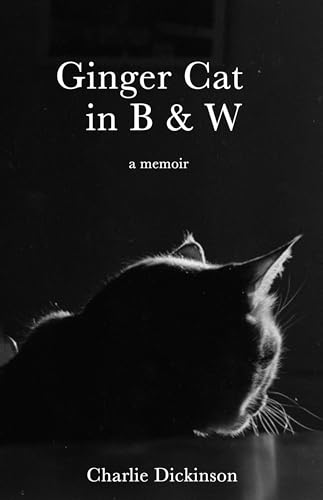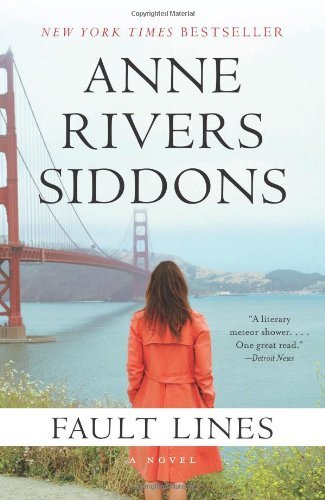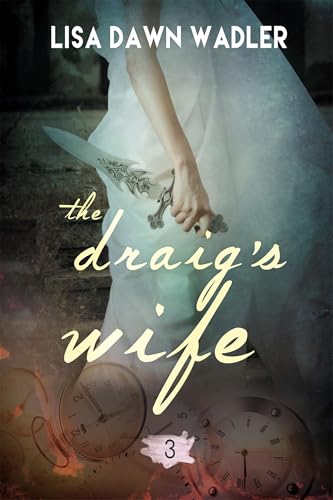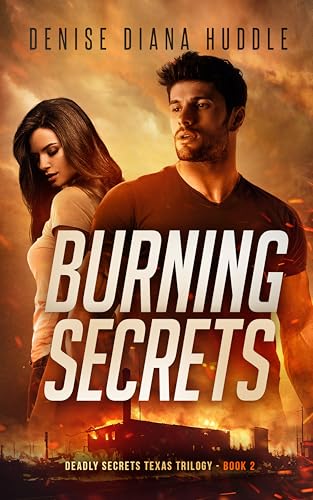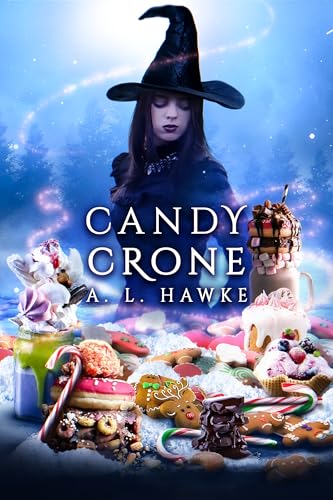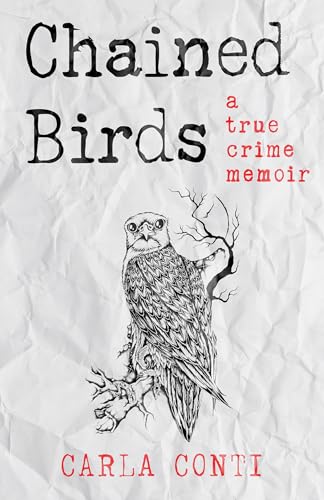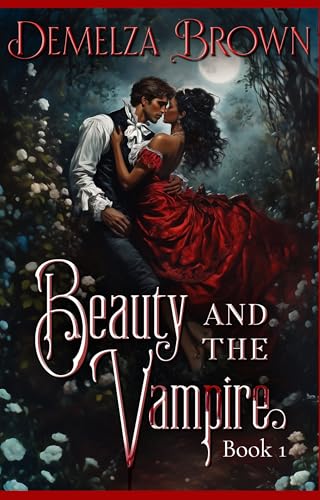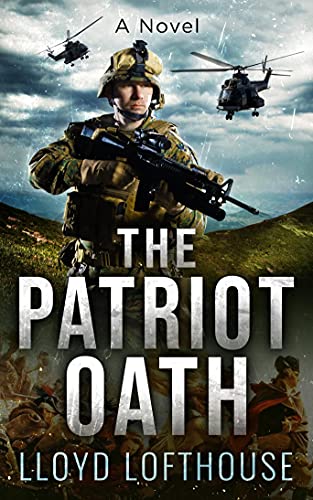A deadly and elusive man. A young woman seeking justice and retribution. A thirty-year-old secret from World War Two. A latter day showdown among British, American, and Soviet intelligence services. Who was Karl Sandler? Wartime patriot? Or a ruthless and amoral monster who put his vast financial machine behind the highest bidder? Leslie McAdam calls him by another name: her father. Based on a shocking and shameful episode in history that threatened to alter the course of the world’s economic future, The Sandler Inquiry tells a gripping and unforgettable story of espionage and intrigue, loyalty and love, set in the sprawling ragged violence-prone New York City of the 1970’s. Determined to claim her rightful inheritance — and to uncover the shrouded past of the man she knew as her father — Leslie has come to Thomas Daniels, a New York attorney haunted by his own bloodstained family history. Yet not even Daniels can imagine what lies beneath decades-old secrets when he launches an inquiry into his client’s murky past. As he moves through the twisting labyrinth of the world’s intelligence community, he uncovers a monstrous link between the man who called himself Karl Sandler and a conspiracy reaching to the highest levels of government…in three countries. From America to Europe to Soviet Russia, he pursues a cold trail that is suddenly red-hot, as the violence of the past lives again and Daniels is stalked by a deadly adversary who must keep the truth buried at all costs. Now available in a brand-new Amazon Kindle edition, it is a classic novel of World War II and its chilling aftermath from Noel Hynd, the author of FLOWERS FROM BERLIN.
Chapter 1Of all the enemies that his late father had made in the past, there remained one elaborate mystery: who still cared enough to want to burn him out? Destroy his records? His office? His livelihood? Maybe even kill him?
Thomas Daniels considered the hundreds of enemies his father must have made. He wondered whom he knew who liked to play with fire. Aside from the fire, which had been pretty hot, it was a cold winter evening in New York in 1977. Mid December. The ‘Son of Sam’ killer had been arrested that summer and the Yankees had just won their first World Series in fifteen years. But aside from that, Manhattan and all four other boroughs were gloriously coming apart at the seams, a little stitch almost every day, even when the city was all decked out for Christmas.
“Arson?” Thomas Daniels asked.
“You bet! This was a good professional torching,” said Matthew Corrigan, a lieutenant from the New York City Fire Department, examining one such ugly stitch. “High-intensity, quick-spreading fire. Would have taken the whole building if the custodian here hadn’t found it.” Corrigan pointed to the filing room. The air was gray with the vestiges of smoke, and the law offices were permeated with the sweet smell of ashes and water. Thomas Daniels’ eyes smarted. He was looking at the charred remnants of the old wooden files that he had inherited professionally from his father.
“No one was here when it started,” Corrigan continued. “That’s the usual. A good arsonist uses a fuse.”
“An electricity fuse?” asked Jacobus, the janitor, in heavily accented English.
Corrigan shook his head to indicate, no. “A timing fuse. A candle, a wire, a clock, even a cigarette sometimes. Anything that will burn down slowly and not ignite whatever chemical, papers, or rags are being used until the torch man is gone.” He glanced around. It was a few minutes past four A.M. “If the fire had done the whole building we’d never have known where the flash point was. Here we know where the blaze started. So we’ll go through the debris in the filing room, inch by inch. We’ll find a fuse mechanism in there. Bank on it. Now I’ll show you something else.”
Corrigan led Jacobus and Daniels through the two adjoining rooms. He pointed to places and showed them how the flames appeared to have traveled in a path from the flash point.
“See?” he said. “Tracks. Tracks made by trailers that our firebug left. If we hadn’t broke in on the fire early, we wouldn’t have these, neither!”
The trailers, Corrigan explained, had been some highly flammable substance -chemically treated rags, paper, or plastic – which had been left by the arsonist to be triggered by the fuse. When the fuse had burned down, the trailers had been sparked. And a rapidly spreading blaze had shot in every direction. The intense flames consuming the trailers had left the tracks.
Thomas Daniels, though working up a dislike for Lieutenant Corrigan, knew he was listening to an expert. But the questions which kept recurring to Daniels were ones Corrigan could not answer. Who? And why? A premeditated fire made no sense.
“A pyromaniac?” Thomas asked.
The lieutenant seemed amused. “No. Too neat a trick for a pyro. Pyros are sloppy. They leave so much evidence you’d think they was trying to get caught.” Corrigan shook his head. “Nope. This was set by somebody who wanted all the tracks covered but wanted the whole area destroyed. Usually that points to one thing.”
“What’s that?” asked Thomas Daniels.
“Something else was involved. Another crime. Sometimes you dig in the rubble of a fire like this and come up with a grilled cadaver. Get it? No stiff here, though. That means something else. Burglary, maybe. Anything of value kept in the office?”
Thomas shook his head.
“No art? Jewels? TVs, typewriters? Nothin’ like that?”
“Nothing.”
Corrigan shrugged and used a thick forearm to wipe grime and sweat from his forehead. “Then there’s something else that the detectives are going to suggest.”
“What’s that?”
“Insurance. A failed business somebody wanted torched to cash in on a policy.”
Thomas bristled.
Corrigan pursed his lips. “Not necessarily you. Maybe the guy upstairs. Or downstairs. The fire spreads and you all go up in the same puff, making it that much harder to figure who lit the fuse.”
Corrigan turned to the janitor. “By the way how’d you find the fire so fast? Doing your nighttime rounds?”
Jacobus considered it, thinking back over the events of the early morning. “I vas mopping,” he finally declared, trying to sound as American as possible, “and I smelled smoke.”
***
A few blocks away, NYPD detectives Patrick Hearn and Aram Shassad stepped from their unmarked car and held their shields aloft to Officer Renfrow and a second uniformed patrolman. Renfrow recognized them anyway. The flash of red lights from the blue-and-white New York City police cars was reflected off the wet sidewalk and windows.
“Looks like he resisted,” Renfrow suggested.
The homicide detectives looked down. The body was covered by a police blanket.
“That’s a heavy finance charge for not coughing up a wallet,” Shassad said. He looked at the trail of blood on the sidewalk, leading from the body and running along several yards of pavement to the doorway of number 246. The blood on East Seventy-third Street was already partially diluted by the rain.
“Want a look?” Renfrow asked.
“Why the hell not?”
Shassad reached down himself and pulled back the blanket. It was heavy and soggy from the rain. He gagged, though he’d seen hundreds of equally repulsive scenes.
The dead man’s face was chalk white. Below the neck, on the right side, was an obscene gaping wound, a huge bloody hole carved into the flesh just below the jawbone. A blade, perhaps of butcher-knife dimensions, had slashed upward into the victim’s throat, tearing and ripping everything in its path and cutting into the mouth. The front of the man’s suit, coat, and shirt was scarlet of varying shades.
Shassad mumbled, “Can’t a guy even step out of the house after dark?”
“No identification,” said Renfrow. “Just some change and keys.”
Hearn looked up as Shassad put the blanket back in place, affording the dead some privacy. “No wallet?” he asked.
“All gone,” said Renfrow. “The city’s a jungle after dark.”
They looked to the end of the block where an ambulance was turning the corner and approaching silently, its white headlights and red top lights glaring. The only sounds other than subdued voices were occasional raspy bursts from police radios.
Renfrow’s partner waited for it to pass and then crossed the street, coming toward them.
“You from Homicide?” he asked Shassad and Hearn collectively.
“Good guess, genius. We’re not from the garbagemen’s softball team.”
“It’s your lucky night.”
“Yeah?”
The young patrolman turned and pointed across the street to a small frightened woman standing in a doorway, wrapped in an old overcoat and clutching one hand in the other. “You got a witness,” he said.
“Hell,” muttered Shassad, “I was going to slip the Medical Examiner a few bucks and have him mark it ‘natural causes.'”
******
Author’s note to BookLending.com members:
The Sandler Inquiry was my second novel, originally published by The Dial Press in 1977. Thanks to the emergence of the Kindle and other electronic readers, I’ve re-edited the book, fixed some of the messier things I somehow got away with many years ago, added one character, streamlined the plot and polished it up for contemporary audiences.
Now here’s some back-story, how the book arrived in the first place.
I was living in Manhattan at the time and used to go out to run in Central Park every day from where I lived on 68th and Third. On Park and 71st I think it was, there stood an old mansion where a reclusive old heiress had lived for years. The old lady had passed away but the house was still standing, at the mercy of lawyers and distant relatives. Thinking about this as I ran past the building every day, I began to concoct a story around the house. Since I was writing international spy thrillers at the time, I needed Russians and Nazis. Easy enough. I invented a few, then used places I’d been in England and Switzerland to flesh out the story.
To also fill out the story, there was New York, which was a pretty ragged place at the time. As I re-read the book recently, I realized that Kojack-era New York had become a character in the book, and I hadn’t even realized it at the time.
I titled my novel, The Inheritor. But The Dial Press published Robert Ludlum at the time. We had the same editor, in fact. So I needed a title that was, well, Ludlumesque, to compete in the world of big time thrillers. The name I had given the family in my story was Sandler, no relation to Adam, a kid at the time.
Hence, Ludlumizing the title, the work became The Sandler Inquiry.
The book did nicely. Fine reviews, three hardcover printings, and a healthy mass market paperback run of a few hundred thousand copies via Dell Publishing, plus foreign sales in seven major markets. Hey, I was in my mid-twenties, in all the paperback racks and on top of the world.
I even got to see my name on a Best Seller List for the first time.
Sandler jumped onto the list of Newsday, the Long Island daily, for three weeks in March of 1978. The book rose to number two for one week, edging past Sidney Sheldon but unable to dislodge Marilyn French’s The Women’s Room for the ‘number uno’ spot along the Miracle Mile.
Oh, well.
It’s been fascinating to re-visit the book after so many years, recall the era in which I wrote it, which seems like a pretty nice time in my life. Equally, it’s nice to bring it back to new audiences. I hope it entertains you.
You can reach me at NH1212f@yahoo.com or on Facebook. I always like to hear from readers.
Really, I do.
Noel Hynd
Los Angeles
October 28, 2011
 – Learn More
– Learn More




